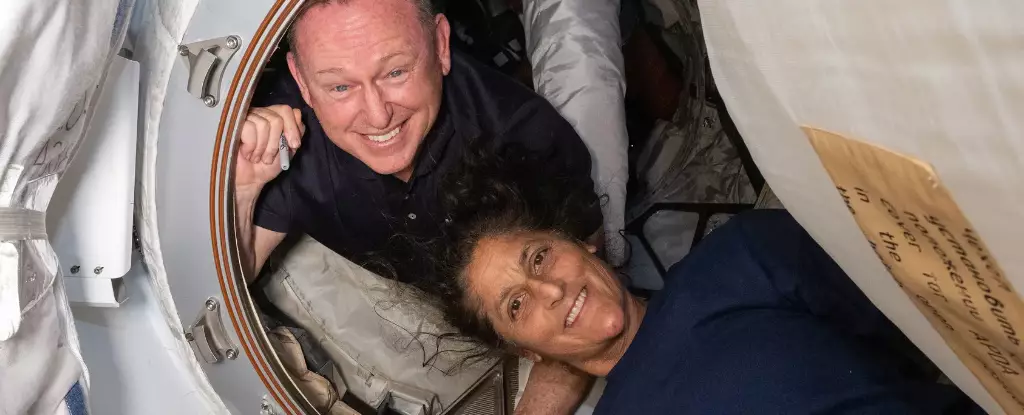In a remarkable twist of events, two American astronauts have faced an unexpectedly prolonged stay aboard the International Space Station (ISS), leading to a potential return to Earth earlier than initially anticipated. Since June, veteran astronauts Butch Wilmore and Suni Williams have been stationed in orbit, far exceeding their original mission timeline of just eight days. The prolonged mission stemmed from critical propulsion issues encountered by their Boeing Starliner spacecraft, prompting NASA to seek alternative solutions for their safe return.
Faced with the challenging situation of their stranded crew members, NASA made the strategic decision to enlist the services of Elon Musk’s SpaceX for the return mission. Following thorough testing of the Starliner, which ultimately was deemed too problematic for crewed flights, NASA pivoted to a destination within its established partnership with SpaceX. The agency’s announcement in August reiterated its commitment to safety and efficiency, indicating that SpaceX would step in to retrieve Wilmore and Williams.
In a display of urgency, Musk pledged to facilitate their return “as soon as possible” by the end of January. In September, the Crew-9 mission successfully delivered two new astronauts to the ISS onboard the Dragon spacecraft, leaving two seats purposely vacant for the stranded crew. However, plans for their extraction were complicated when NASA disclosed that the subsequent Crew-10 mission would not launch until late March at the earliest.
Recent updates from NASA revealed that Crew-10 is now slated for a March 12 launch, contingent on the readiness of the mission. This development marks a significant adjustment in their operational strategy, as the agency confirmed that the Crew-10 team would utilize a previously flown Dragon spacecraft, dubbed Endurance, instead of a brand-new vehicle, saving critical processing time.
This highly coordinated plan will allow a seamless transition in which astronauts will be acclimatized over several days before returning to Earth. NASA’s proactive approach indicates a solid commitment to ensuring the well-being and preparedness of the astronauts.
Despite the unforeseen length of their stay, both Wilmore and Williams have maintained a positive outlook on their experience aboard the ISS. In a statement from January, they shared insights about their well-being, noting they had ample supplies of food and were finding joy in their unique environment above Earth. Their resilience serves as a testament to the dedication and adaptability of astronauts who often contend with unpredictably demanding circumstances.
While their extended presence in space is extraordinary, it falls short of the current record set by astronaut Frank Rubio, who completed a staggering 371 days in orbit. Rubio achieved this milestone after a coolant leak compromised the Russian spacecraft that was expected to return him to Earth, leading to a significant extension of his mission.
The situation faced by Wilmore and Williams underscores the dynamic and often unpredictable nature of space missions. This incident highlights the importance of flexibility in planning and the critical role of partnerships in overcoming challenges. As NASA prepares for the much-anticipated Crew-10 mission, the international community will be reminded of the resilience and spirit of those who venture into the cosmos. With their impending return, Wilmore and Williams are poised to add another chapter to the storied legacy of human space exploration.

